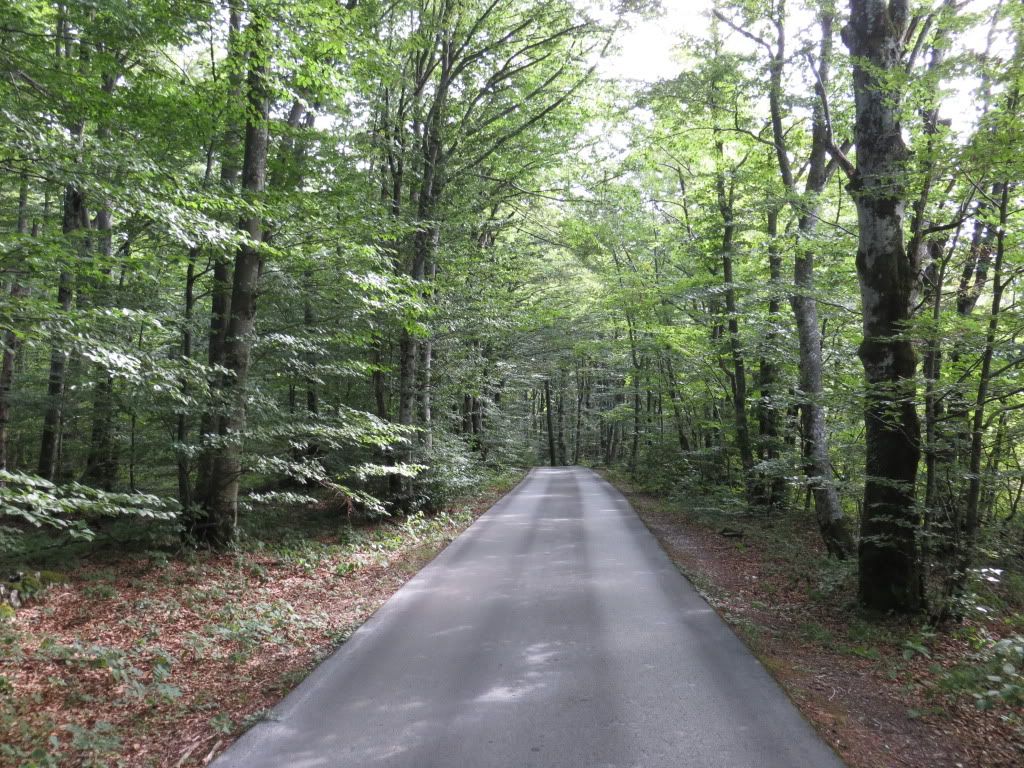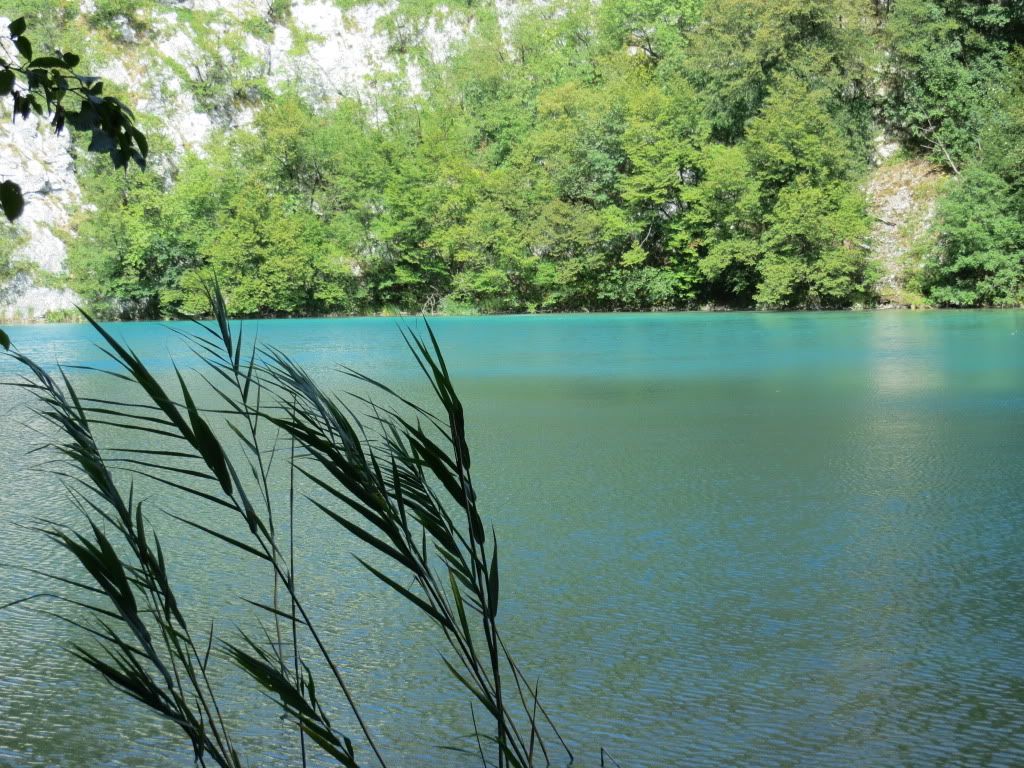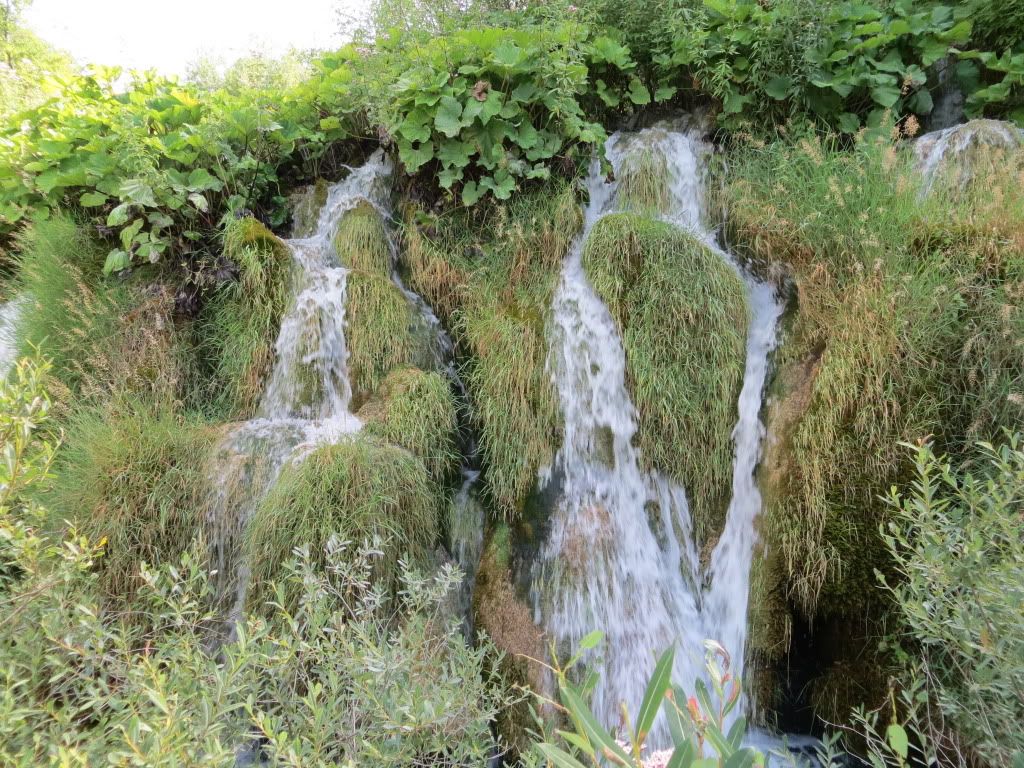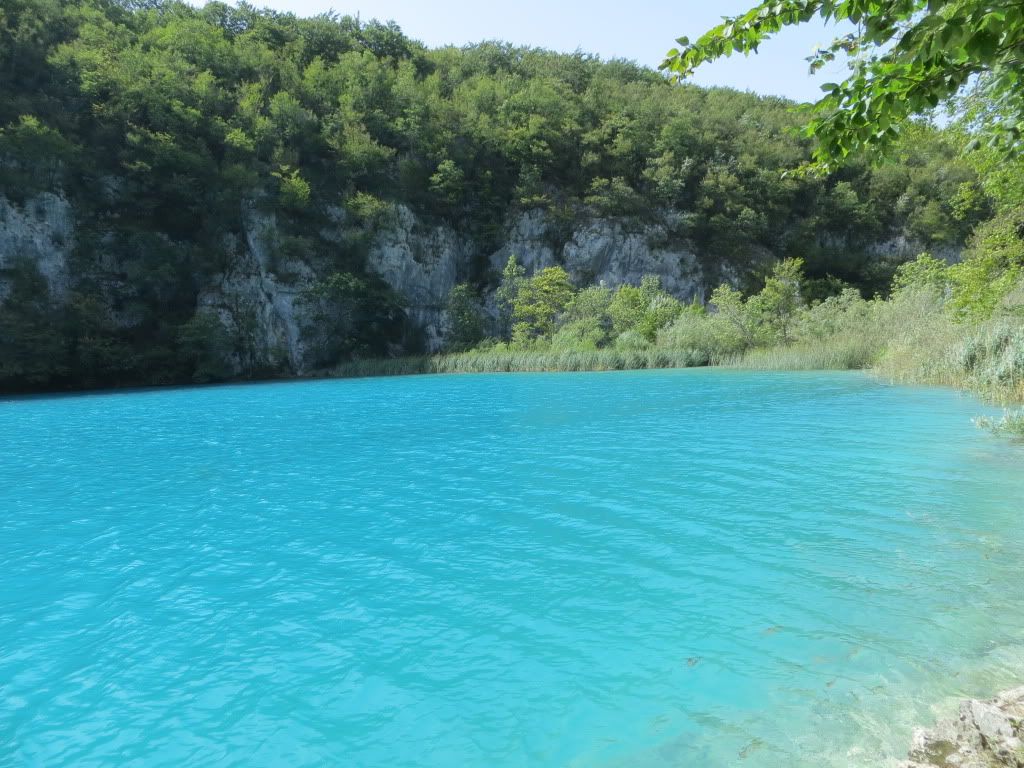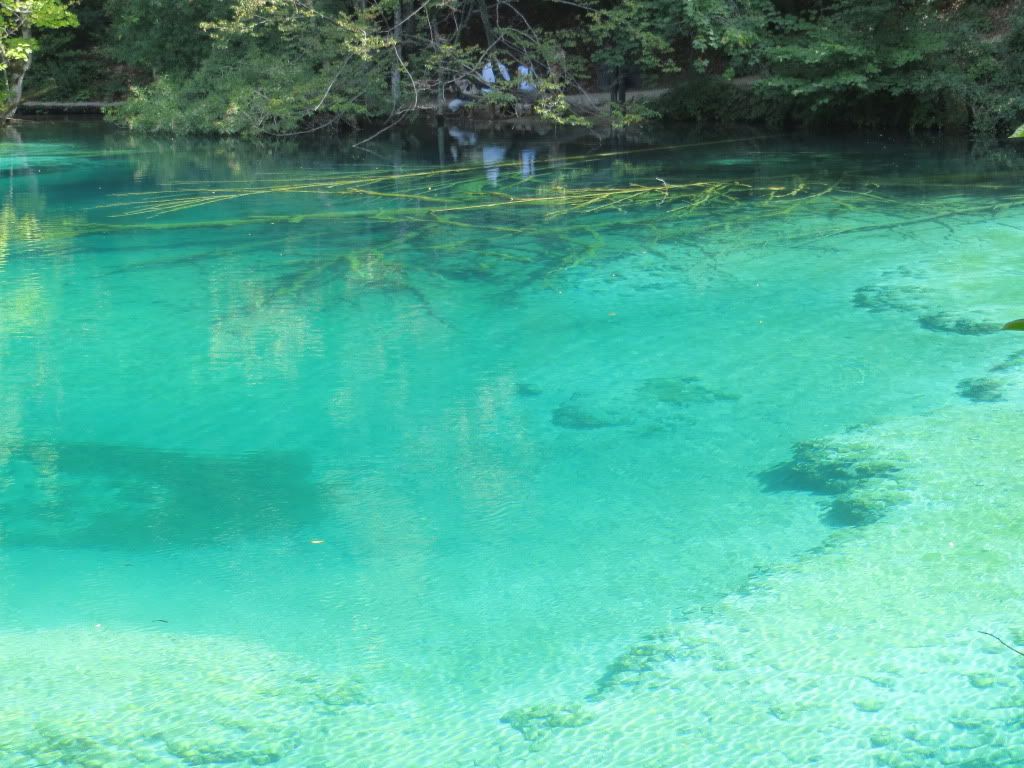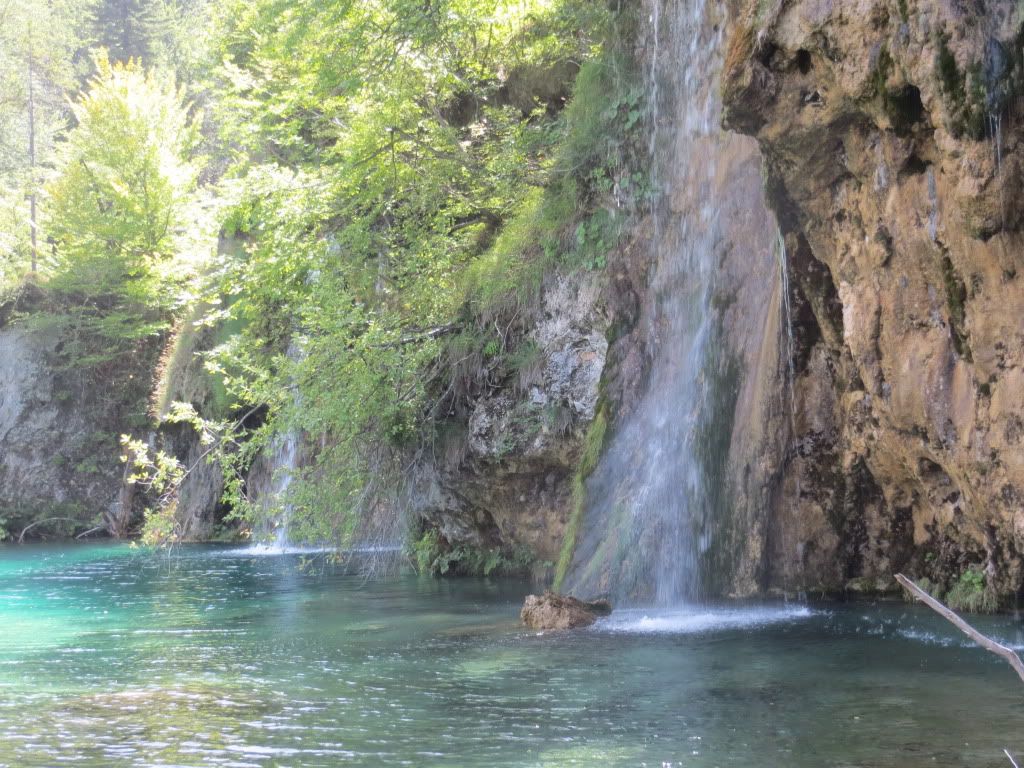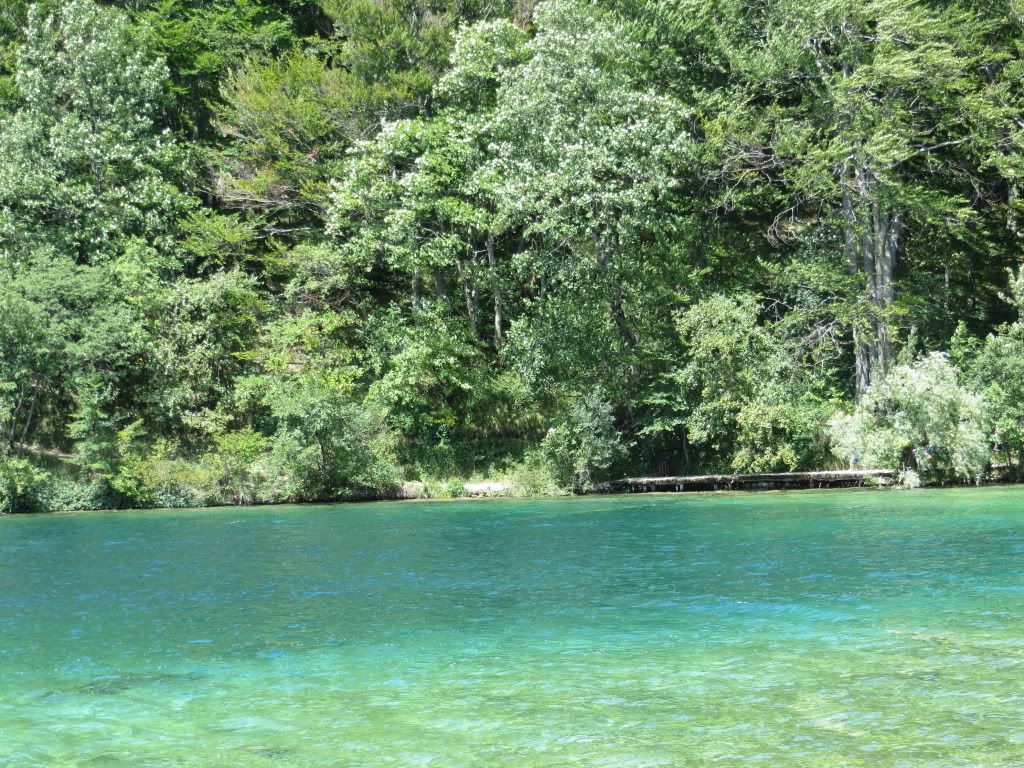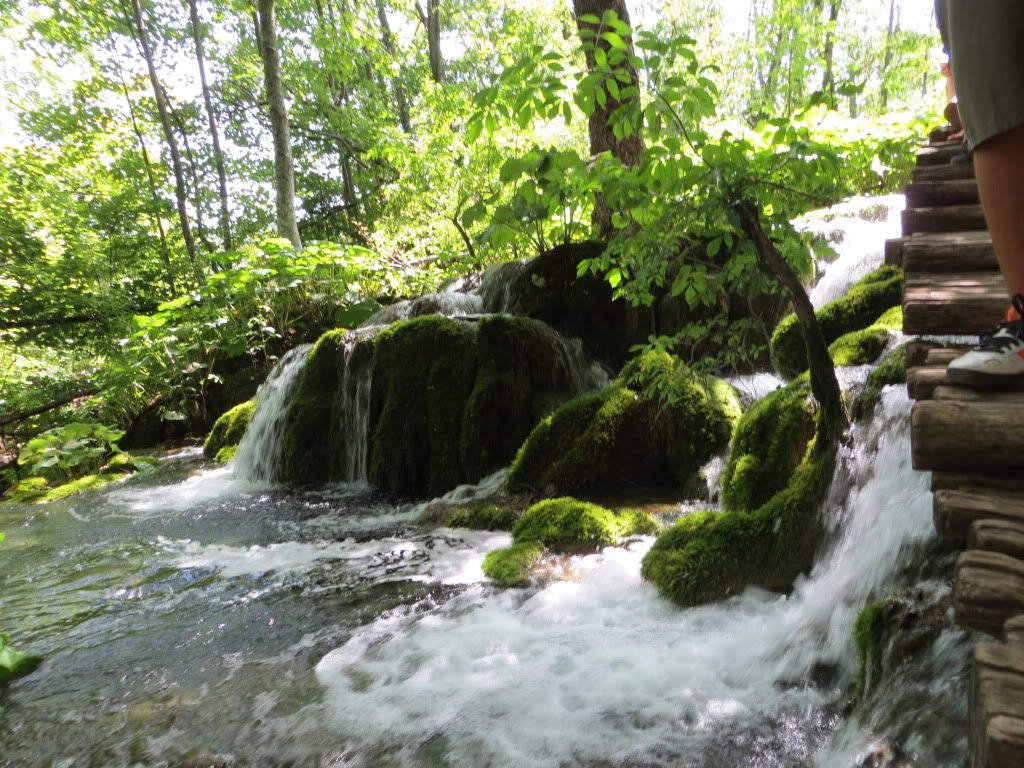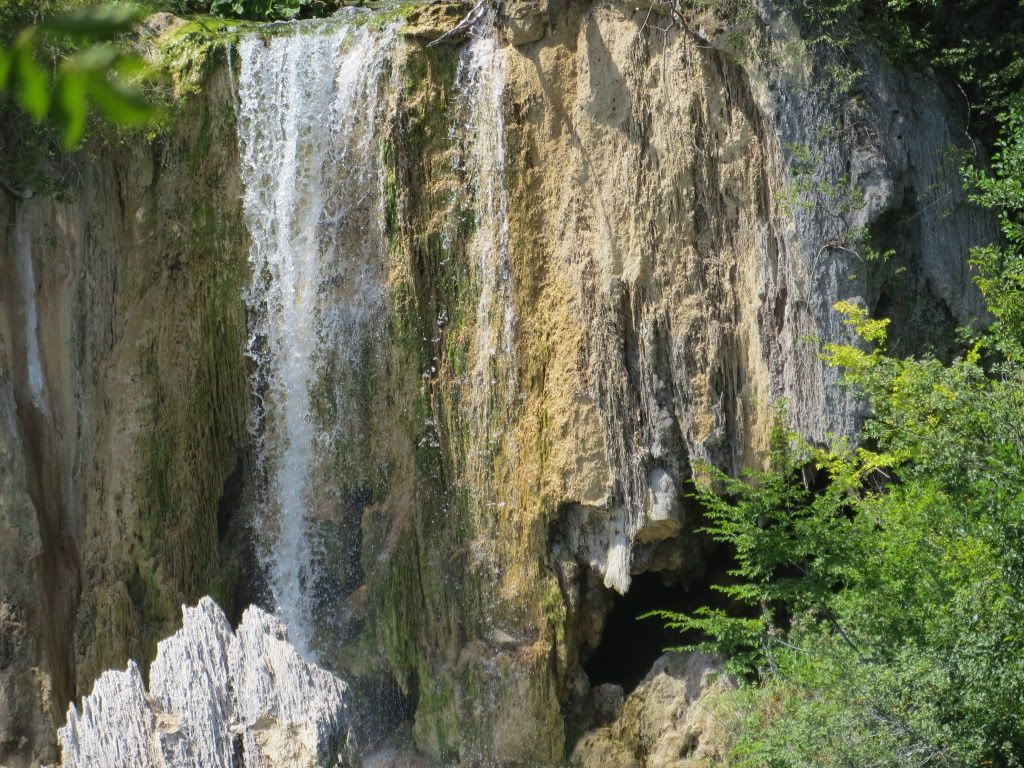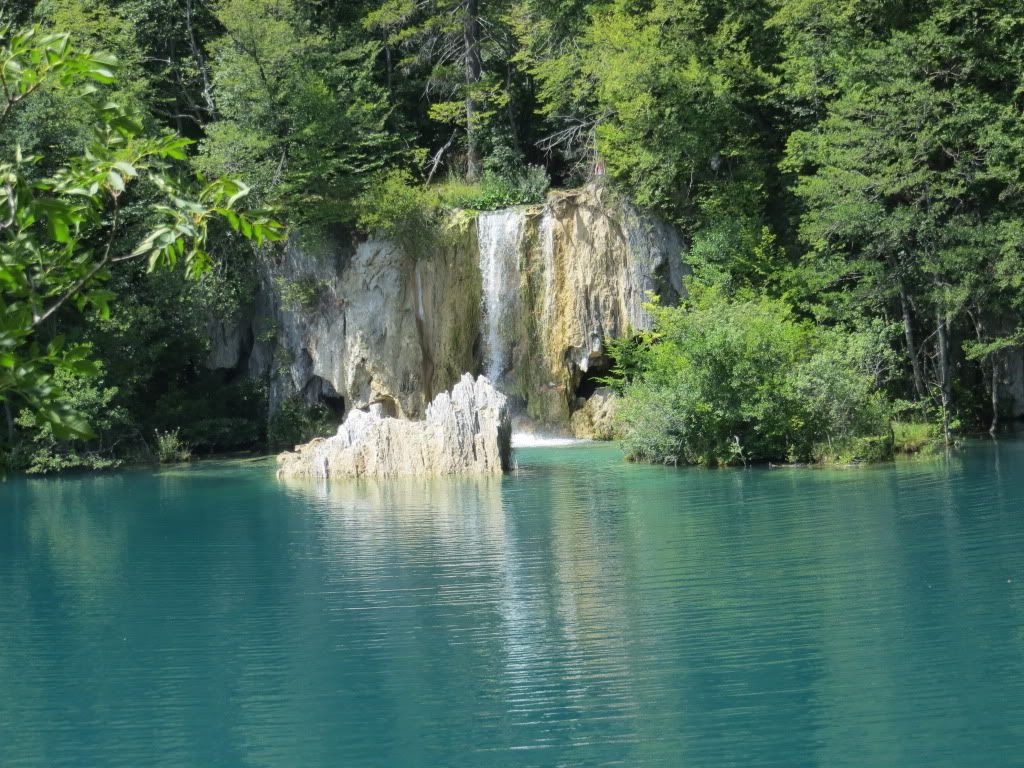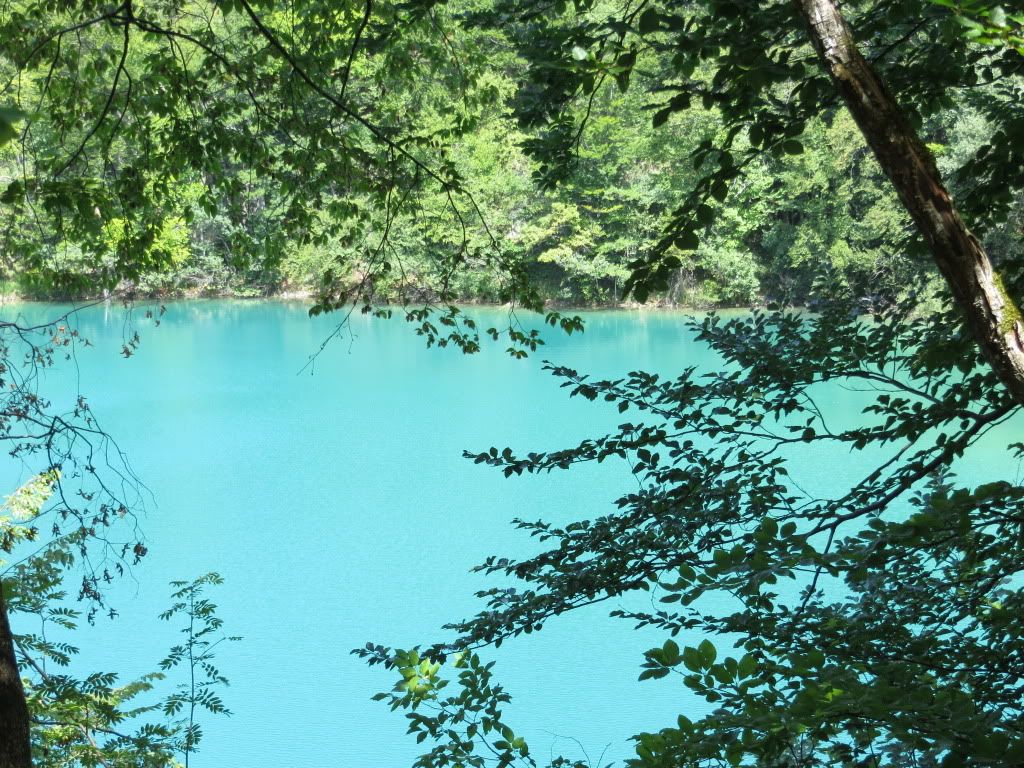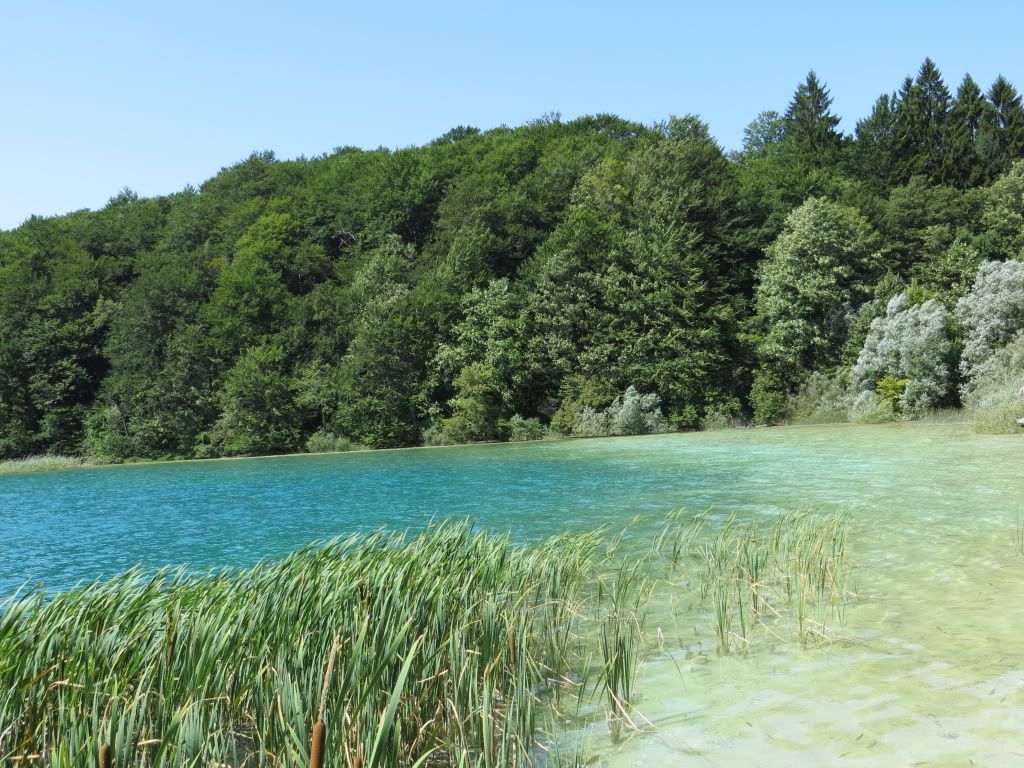Plitvice Waterfalls
- Tagged Croatia, environment, geomorphological phenomena, karst, lakes, National Park, nature, phenomenon, PlitviÄka Jezera, Plitvice lakes, Plitvice National Park, Plitvice waterfalls, rock formations, travel, UNESCO World Heritage Site, water, waterfalls
Permalink Once upon a time in Croatia, this mysterious world was hidden deep in an enchanted forest and called “The Devil’s Garden.” For the few brave souls that dared to venture beyond the woods, they found a paradise of amazingly-colored lakes, spectacular karst and thunderous
waterfalls. Together it creates the natural phenomena which can still be seen at Plitvice Lakes National Park. Every year, at least 1,200,000 visitors come to be awed by the geomorphology and natural beauty of changing lake colors. There are 16 cascading lakes in crystal-clear shades of blue and green. Plitvice waterfalls have been called some of the most beautiful to be found among UNESCO World Heritage Sites. Plitvicka Jezera National Park is spread out over 73,350 acres and some of the most amazing features are underground in the form of subterranean caverns.
[37 Photos, 4 Videos]
Share this:

Plitvice National Park is a UNESCO World Heritage Site where 16 gorgeous lakes from azure to green to gray are said to constantly be changing colors based on the quantity of minerals or organisms in the water and depending upon the angle of sunlight. It’s an amazing natural phenomena and just one of the many reasons people come to Plitvice.
Photo #1 by Desktop Nexus

The beauty of Plitvice National Park, Croatia, boosted it into the second round of the
New Seven Wonders of Nature competition.
Photo #2 by Luis Serrano

It’s said that ‘humans have inhabited the Plitvice Lakes area for thousands of years’ and the natural beauty of the place makes it easy to see why.
Photo #3 by poppy

Walkway throughout has taken people to see one of the most beautiful UNESCO World Heritage Sites. This was Croatia’s first National Park; it was established in 1949.
Photo #4 by Desktop Nexus

The large waterfall. Plitvice stream water descends through the rocks, forming a 255 feet high (78 m) amphitheater of the Great falls — the highest waterfall in Croatia.
Photo #5 by Donarreiskoffer

World of Waterfall
said of Plitvice, “It’s not all that unfamiliar to see a sequence that goes like waterfalls-lake-waterfalls-lake, etc. etc. It’s probably one of the more memorable waterfall attractions in the world.”
Photo #6 by Jack Brauer via Matheepan Panchalingam

PlitviÄka Jezera is also known as Plitvice Lakes National Park. The
protected area of this National Park “extends over 296.85 square kilometres (73,350 acres). In 1979, Plitvice Lakes National Park was added to the UNESCO World Heritage register among the first natural sites worldwide. Each year, more than 1,200,000 visitors are recorded.”
Photo #7 by Desktop Nexus

Falling Lakes.
Plitvice is the oldest national park in Southeast Europe and the largest national park in Croatia. The national park is situated in the mountainous karst area of central Croatia.
Photo #8 by OaklandNative

Duck and fishes as seen in but one of the 16 crystal clear, cascading lakes. There is plenty of wildlife around Plitvice, but only a few species of fish. It is still unexplained if the fish have lived in this area since ancient times, or if they were populated in the last 100 years.
Photo #9 by Emmanuel Tabard

Phenomenal beauty. Limestone peaks rise in the area with the highest being Seliski Peak at 4,196 feet (1,279 meters). The water travels underground but encounters karst obstacles, creating numerous creeks that enrich the lakes.
Photo #10 by w-lad via poppy
BBC documentary: Land of the Fallen Lakes Plitvice – documentary about Plitvice National Park in Croatia, Europe’s oldest and one of its most beautiful national parks.
Video #1 via TheSehatSelalu

A foggy fall day.
Photo #11 by Alexander Shchukin

The cave and walkways. “The
underground configuration of the Plitvice Lakes consists of various geologic features. Generally, the whole area of Plitvice Lakes National Park can be attributed to the South-East European karst area. The typical feature of this karst area is brittle or porous rock, mostly limestone or dolomite. This configuration creates different geomorphological phenomena being referred to as dolina (sinkhole), polje, uvala, ponor, etc.”
Photo #12 by OaklandNative

The music of cascading waterfalls.
Photo #13 by Alexander Shchukin

Wikipedia
explains about Plitvice: “The overall water body area is about 2 square kilometers. The two largest lakes, Prošćansko jezero and Kozjak, cover about 80% of the overall water body area. These lakes are also the deepest, with a depth of 37 and 47 meters respectively (about 121 – 154 feet). On Lake Kozjak, low-noise and ecologically-friendly electric boats are being used. None of the other lakes in the park exceeds 25 meters (82 feet) in depth. The altitude drop from the first lake to the last is 133 meters (436 feet).”
Photo #14 by poppy

Walkway leading to and from the cave.
Photo #15 by rosa amato

The cave.
Photo #16 by mr.cacadu-

This is the barrier between between Gavanovac and Kaluđerovac.
Photo #17 by Minestrone

Adventure girl at Plitvice National Park, Croatia. “In the
future, the analysis of underground water courses could be an interesting field of research for speleologists. Up to now, little has been known about these unexplored courses. At first sight, a lack of water in the karst region could be ascertained. However, this is only the case on the surface. The major part of natural phenomena takes place underground, where an abundance of water exists.
Photo #18 by Éole Wind

The
World of Waterfalls states, “These waterfalls were apparently tourist attractions even since the late 19th century. We learned this from a plaque alongside the Galvanovac that stated that Plitvice was named after a world famous Croatian opera singer at the time. So, this is hardly a new attraction though it seems to only be coming into its own as a world class tourist attraction recently.”
Photo #19 by Bruno Monginoux

Cascading water and stairs along the lake.
Photo #20 by weed13

Ducks on smooth water before a storm.
Photo #21 by borisfrkovic

Fog and fall.
Photo #22 by Adam Lauks via poppy

Meandering along the walkway. “The lakes are
divided into two groups: the upper lakes (12), surrounded by a vast forest, are larger and calmer, while the lower 4 lie at the foot of a 70 meter cliff (≈ 229 feet) and are surrounded by vegetation. The Plitvice Lakes offer its visitors kilometers of trails, the majority of which are in the shape of wooden bridges, that are elevated above the lakes and connect each mainland with winding paths.”
Photo #23 by Total Wallpapers

Enjoy the autumn silence.
Photo #24 by Igica via peasant

Fall among the falls. Spring and fall have the most rain, but the average annual precipitation rate at Plitvice Lakes is 1,500 mm (59.06 in).
Photo #25 by Alen Benic via Jean Winters Olkonen

Fish in the clear underwater world of the Plitvice Lakes National Park, Croatia.
Photo #26 by Markus Bernet

The average temperature in winter is -3 ºC ( ≈ 26 ºF).
Photo #27 by Desktop Nexus

Plitvice organ – frozen waterfall.
Photo #28 by Desktop Nexus

Transformed by ice.
Photo #29 by peasant

Winter.
Photo #30 by Desktop Nexus

Grandeur of Plitvicka Jezera National Park.
Photo #31 by Janos Korom Dr.

Spectacular blue lakes of Paradise.
Photo #32 by Ilena

More waterfalls.
Photo #33 by Mate Karacsony

With its characteristic karstic base, the waters of Plitvice Lakes are rich in calcium bicarbonate, which is decomposed into calcium carbonate due to water breaking on the barriers. It’s a long of sublime natural beauty.
Photo #34 by mr.cacadu-

Small waterfall at the Plitvice Lakes.
Photo #35 by poppy

Plitvice Lakes National Park may be famous for its falls and clear turquoise water, but more than 80% of it is covered with natural forest that prevent erosion. The forests provide a habitat for a diverse and rich fauna. The Forest National Park is a haven for all three European large carnivores (bear, wolf and lynx).
Photo #36 by Superb Wallpapers

Sublime Plitvice Lakes, Croatia. Adventure possibilities here
include: “The Plitvice Lakes are perfect for long walks or taking a boat ride on the lakes to get a better view of how beautiful they are. There is also a tourist train for those of you who don’t like walking. Walking through the park is good for your eyes – green is a soothing color and long walks and fresh air balance body and spirit. For those of you in search of adventure we suggest rafting on the Korana River. It is especially exciting in springtime, when the river overflows from the melted snow. Your desire for adventure can be satisfied on the rapids of the Korana River either by canoe or kayak. This is a mountainous region, which means the possibilities are endless when it comes to hiking and free climbing.”
Photo #37 by Clark & Kim Kays
Winter at Plitvice.
Video #2 by Rozenthal7
Summer at Plitvice.
Video #3 by YannickvDijk
Documentary trailer: The Plitivce Lakes – the Journey of the Water. Unique underwater story about the most World wellknown Karst phenomenon made by Ecological Research Society PAKS..
Video #4 by cronature








